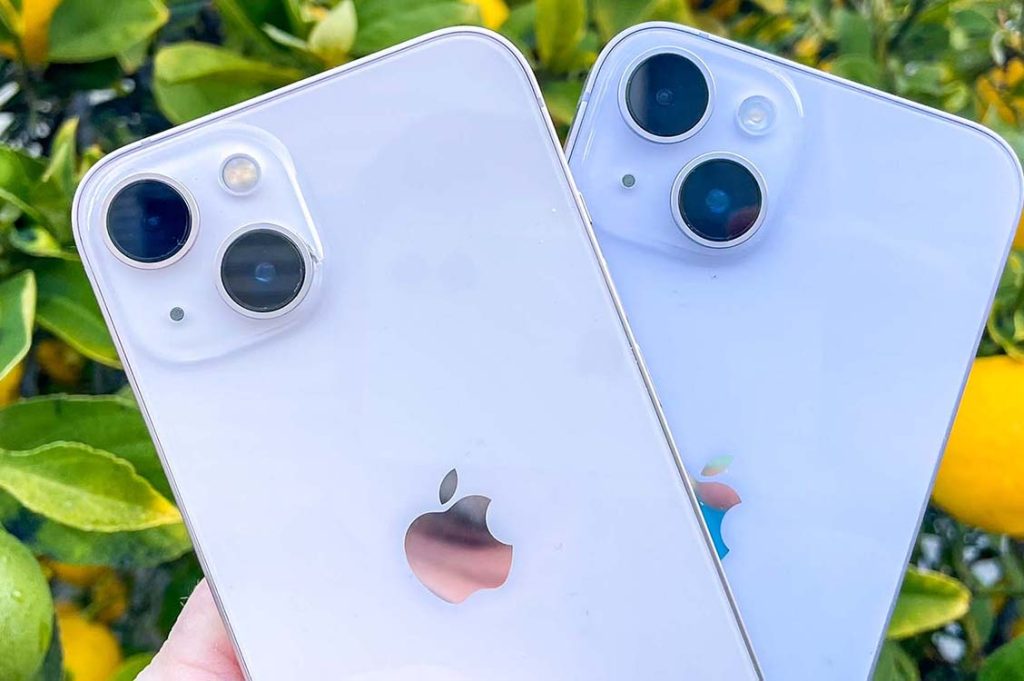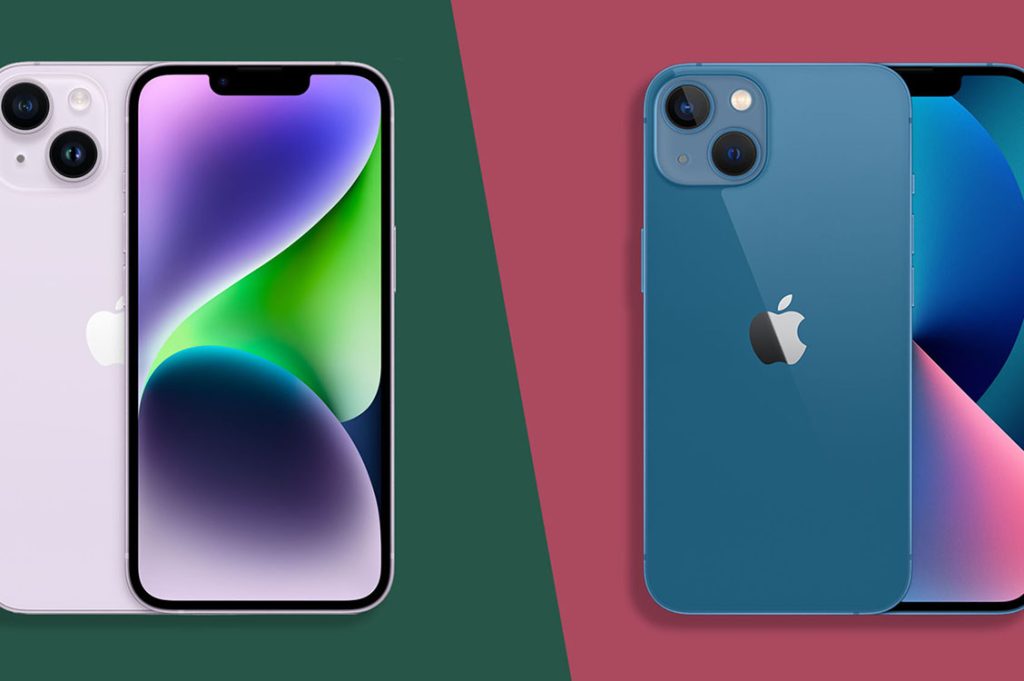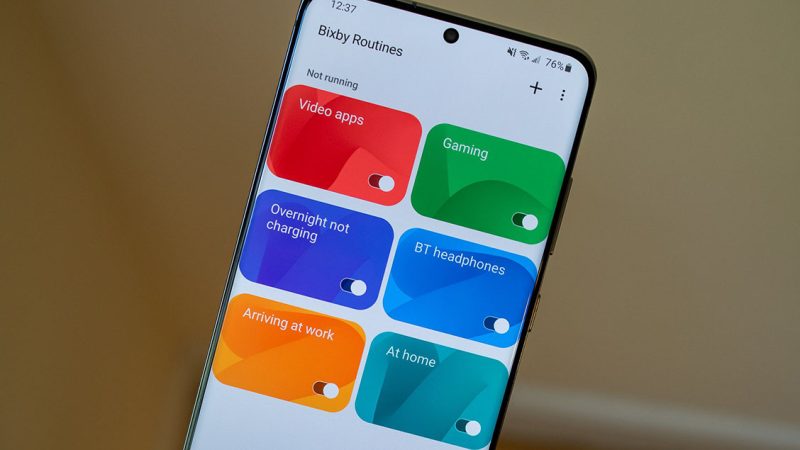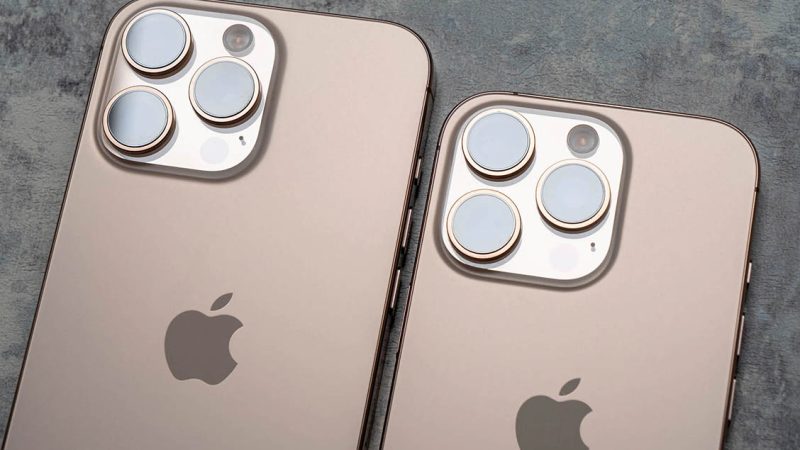What is the difference between iPhone 13 and iPhone 14

The iPhone 13 and iPhone 14 are two different models of smartphones released by Apple. While they share some similarities, there are also notable differences between the two.
Design:
Both models feature a sleek and modern design with flat aluminum side moldings and front and back glass protected by a ceramic coating.
Visually, the main difference lies in the thickness, with the iPhone 14 being slightly thinner than the iPhone 13.
Both models offer a wide range of color options, but there are slight variations in the color choices available for each model.
Display:
The display specifications are identical for both models. They feature a 6.1-inch Super Retina XDR OLED display with a resolution of 1170 by 2532 pixels.
Both displays support HDR10 technology and have a brightness range from 800 to 1200 nits.
Processor:
The iPhone 13 is equipped with the Apple A15 Bionic processor, which is also used in the iPhone 14.
However, the iPhone 14 benefits from improvements in other areas, such as 50% more RAM and an enhanced 5-core graphics card, resulting in better overall performance and improved gaming capabilities.

Operating System:
The iPhone 13 was released with iOS 15, while the iPhone 14 debuted with iOS 16.
Both models are eligible for software updates and can be upgraded to the latest version of iOS.
Camera:
The front cameras on both models have a 12-megapixel wide sensor and support Face ID for secure unlocking.
For the rear cameras, both the iPhone 13 and iPhone 14 feature a dual-camera system with 12-megapixel wide and ultra-wide lenses.
The iPhone 14 offers slight improvements in camera performance, including a larger aperture for better low-light photography.
Video:
Both models support video recording up to 4K resolution at 60 frames per second.
They also feature Apple’s innovative Cinematic mode, which provides a professional-like depth-of-field effect in videos.
The iPhone 14 captures Cinematic mode videos at up to 4K resolution and 30 frames per second, while the iPhone 13 records at Full HD 1080p resolution and 30 frames per second in Cinematic mode.
Memory:
The iPhone 13 has 4GB of RAM, while the iPhone 14 has been upgraded to 6GB of RAM.
The additional RAM in the iPhone 14 allows for smoother multitasking and better performance in resource-intensive apps and games.

Battery:
Both models have similar battery capacities, with the iPhone 13 featuring a 3240 mAh battery and the iPhone 14 having a slightly larger 3279 mAh battery.
The iPhone 14 offers longer battery life compared to the iPhone 13, lasting up to 20 hours of video playback and 80 hours of music playback.
Other Features:
Both models support eSIM technology, allowing for the use of virtual SIM cards.
The iPhone 14 introduces the iOS 16 software update, which brings new features and improvements to the user experience.
The iPhone 14 also offers a wider range of color options compared to the iPhone 13.
In summary, the iPhone 14 offers incremental improvements over the iPhone 13 in terms of performance, camera capabilities, RAM, battery life, and color options. While the visual design remains similar, the iPhone 14 incorporates enhancements to provide a better overall user experience.


